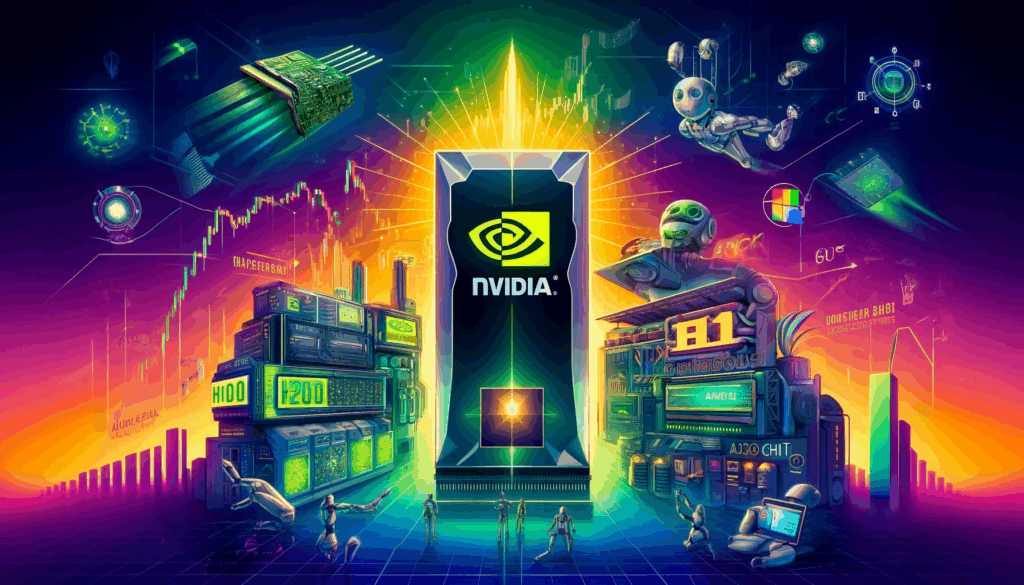S&P 500: 0.98% DOW: 1.79% NASDAQ: 0.81% 10-YR Yield: 4.32%
What Happened?
Markets ended the week little changed as a mix of economic signals kept sentiment in check. The CPI report landed early in the week showing headline prices up 0.2% in July and 2.7% from a year earlier, broadly in line with expectations. Core CPI, however, rose 0.3% on the month and 3.1% year-over-year, underscoring that underlying inflation remains sticky. Later in the week, the PPI report surprised hotter, with producer prices jumping 0.9% month-over-month, the largest increase in over three years. The divergence between steady consumer prices and higher producer costs pointed to margin pressure building upstream.
Jobless claims edged down to 224,000, signaling labor conditions remain firm despite signs of gradual cooling. July retail sales rose 0.5%, boosted by strong auto demand and heavy discounting, while industrial production slipped 0.1%, hinting at softer manufacturing momentum. Treasury yields eased slightly as investors weighed the cooler headline CPI against the hotter PPI and resilient consumer spending. The combination kept markets leaning toward a September rate cut, but with less conviction for an aggressive move.
Looking ahead, earnings from Walmart and Target will be closely watched for clues on household spending and pricing power into the second half. With the consumer still the primary driver of growth, these reports could help set the tone for markets heading into the fall.

July 2025 Services ISM
- Prices rose 2.7% in the last 12 months through July, in line with June’s rate.
- Core CPI accelerated to 3.1%, above expectations of 3.0%.
The key takeaway – The first key data release of the week came in the form of the CPI report following last week’s decline in labor market participation. Headline inflation held steady and broadly in line with expectations, offering reassurance that price pressures are not re-accelerating. Core inflation, which excludes volatile food and energy prices, rose slightly, signaling that underlying price momentum remains somewhat sticky. Markets reacted positively, with equities rallying on the view that headline stability keeps the door open for a September rate cut.
From a macro perspective, the report highlights the Fed’s balancing act. Headline figures are edging closer to target, yet the persistence in core inflation suggests policymakers will want to see a sustained easing before committing to more accommodative policy. Bond yields eased modestly and rate futures still imply a high probability of a cut next month, reflecting investor confidence that the inflation trajectory remains under control. The uptick in core inflation, however, is a reminder that the path toward rate normalization is unlikely to be rushed.

Fed’s Goolsbee Flags ‘Concerning’ Rise in Services Prices
- PPI cam in hotter than expected, rising 0.9% month-over-month; the largest increase in over three years.
- Services were up 1.1% and goods up 0.7%.
The key takeaway – July’s Producer Price Index surged month over month, the largest increase in more than three years, driven by a 1.1% jump in services and a 0.7% rise in goods. The outsized gain points to price pressures building upstream, yet consumer prices earlier in the week showed far less strain. The likely reason is that producers are absorbing much of the tariff-related cost burden instead of passing it directly on to consumers. While this shields household budgets and keeps CPI contained in the short term, it does so at the expense of producer margins, which may eventually lead to cutbacks in hiring, investment, or output.
Chicago Fed President Austan Goolsbee zeroed in on one particular concern: services inflation. In remarks following the CPI release, he called the rise in services prices “the most concerning thing” in the data and cautioned that these pressures are unlikely to be one-off tariff effects. Persistent services inflation, he warned, could make it harder for the Fed to hit its 2% target, even if headline measures remain calm. Goolsbee emphasized the importance of waiting for more wholesale and inflation data before drawing firm conclusions about the path forward.
The combination of a sharp PPI spike and ongoing services-side price pressures paints a complex picture for policymakers. On one hand, headline inflation remains within sight of the Fed’s goal, bolstering market hopes for a rate cut later this year. On the other, if producers can no longer absorb rising costs or if services inflation proves sticky, the Fed may find itself forced to keep policy tighter for longer.

Nvidia Vs. AMD: Who Gets Hit Harder By The 15% China Revenue Tax?
- Trump is proposing nearly a 100% tariff on imported semiconductor chips but is making an exemption for companies that invest into the United States.
- Administration to allow NVDA and AMD to sell chips to China for a 15% cut of sales.
The key takeaway – The latest tariff shift out of Washington comes with a two-part storyline. On one side, the administration is doubling down on domestic semiconductor production. New rules push chipmakers to expand U.S. manufacturing, with exemptions available for firms that have made significant investments stateside. Taiwan Semiconductor Manufacturing Co. is a prime example of a company likely to qualify, aligning with the policy goal of pulling more advanced production onshore and getting a head start in the global chip race.
On the other side, the White House made a surprising reversal on China sales. For the first time since export restrictions were imposed, Nvidia and AMD have been cleared to sell certain advanced chips to Chinese customers. The catch: they must hand over 15% of the revenue from those sales to the U.S. government. While no details have been provided on how that revenue will be used, the policy marks a sharp departure from the previous hardline stance. Analysts see it as a pragmatic balance — maintaining strategic guardrails while tapping into a massive market that could boost earnings, even if it comes with a hefty toll.
From Around the Watercooler

Warren Buffett’s Berkshire Hathaway Discloses $1.57B Stake
Crypto exchange Bullish prices IPO at $37 per share
Perplexity wants to buy Google Chrome
Trump travels to Alaska to meet with Vladimir Putin
China Warns Local Companies Against Using Nvidia’s (NVDA) H20 AI Chips



Comments are closed